 Cleaning furniture is a delicate process. Regular cleaning and maintenance can help furniture last longer, but improper techniques can cause furniture to smell like mildew or leave stains on the fabric surface. Review these important tips before cleaning any of your upholstery.
Cleaning furniture is a delicate process. Regular cleaning and maintenance can help furniture last longer, but improper techniques can cause furniture to smell like mildew or leave stains on the fabric surface. Review these important tips before cleaning any of your upholstery.
Determine the Material
It is important to know exactly what kind of material you are dealing with before attempting to clean your furniture. If it is wood, you need a cleaner made for wooden furniture, and you can simply wipe down the hard surface. Furniture with a fabric covering is a little bit more difficult. Some fabrics can take a stain remover or a cleaner, while others say to vacuum only. It is a good idea to read the tag on the furniture before attempting to remove a stain or dirt and follow the instructions on the tag to avoid damage to the upholstery.
Vacuum the Surface
To start, vacuum the surface of the furniture. Remove any pet hair, surface dirt, or other debris. Remove cushions and vacuum underneath where crumbs and dirt accumulate fastest. By using the attachments on the vacuum, you can get down into the crevices and closer to the surface, effectively removing contaminants. For an even deeper clean, sprinkle baking soda on the surface of the fabric and let it sit for up to an hour. The baking soda will help absorb any odors in the fabric. When time is up, simply vacuum it up and enjoy the fresh smell.
Remove Stains
To remove stains, you can either opt for a commercial stain remover or make your own. Homemade cleaners are typically better for the environment and for your wallet. Try these homemade cleaners for best results:
- For fabric stains, mix together 1 tablespoon dish soap, ¼ cup of vinegar, and ¾ cup of warm water. For synthetic fabrics, increase to ½ cup of vinegar and 1 cup of warm water. Spray the stain and rub with a clean cloth. Use a second clean cloth with plain water to remove any traces of the cleaning solution. Allow to dry or blot with a towel.
- For leather furniture, use a mixture of 1/2 cup olive oil and ¼ cup vinegar. Spray on leather with a spray bottle and wipe with a clean cloth.
For tough stains, it is best to call in the experts. Proper cleaning and maintenance of your furniture will allow you and your family to enjoy your investment for years to come. Professional Surface Restoration offers free estimates with no obligation. Contact us or call (419) 705-8693 to set up an appointment.
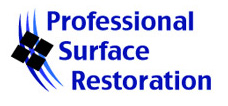
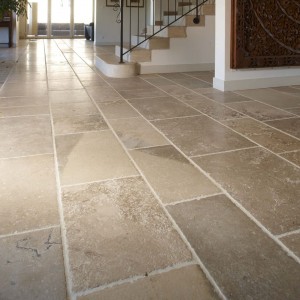 Natural stone floors are a beautiful addition to your home’s interior. Stone is a natural flooring option that uses no dangerous chemicals, but it needs a little extra TLC to stay beautiful. Let’s look at some dos and don’ts for natural stone floor cleaning.
Natural stone floors are a beautiful addition to your home’s interior. Stone is a natural flooring option that uses no dangerous chemicals, but it needs a little extra TLC to stay beautiful. Let’s look at some dos and don’ts for natural stone floor cleaning.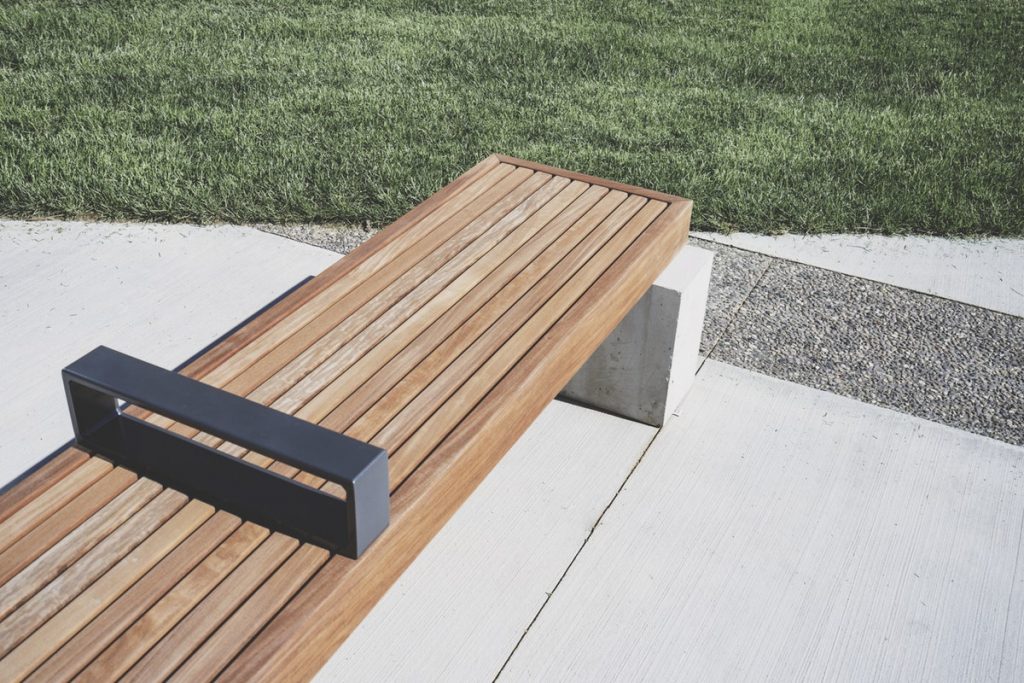 Concrete is a porous material, and despite its strength and durability, this means it’s vulnerable to certain weather conditions. Winter weather – especially snow – can wear down concrete surfaces by seeping into the material. Much like roads and sidewalks, concrete patio floors and driveways can experience destructive freeze/thaw cycles during the winter. As a homeowner, it’s important to understand why the winter poses such a big threat to concrete surfaces and how you can act to protect your concrete during the coldest months of the year.
Concrete is a porous material, and despite its strength and durability, this means it’s vulnerable to certain weather conditions. Winter weather – especially snow – can wear down concrete surfaces by seeping into the material. Much like roads and sidewalks, concrete patio floors and driveways can experience destructive freeze/thaw cycles during the winter. As a homeowner, it’s important to understand why the winter poses such a big threat to concrete surfaces and how you can act to protect your concrete during the coldest months of the year.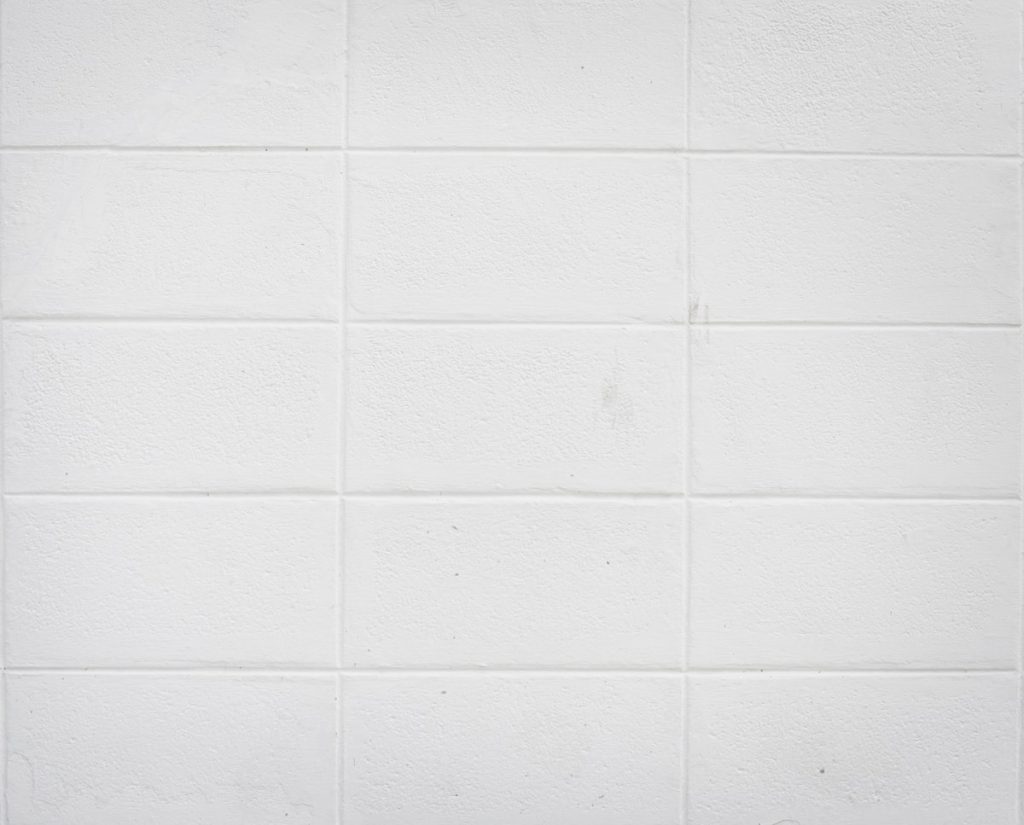 You might love your beautiful tile floors, but what about the grout? For most homeowners, grout is more of an annoyance than an asset. It can collect stains and mar the look of your floors. Luckily, there are easy ways to
You might love your beautiful tile floors, but what about the grout? For most homeowners, grout is more of an annoyance than an asset. It can collect stains and mar the look of your floors. Luckily, there are easy ways to 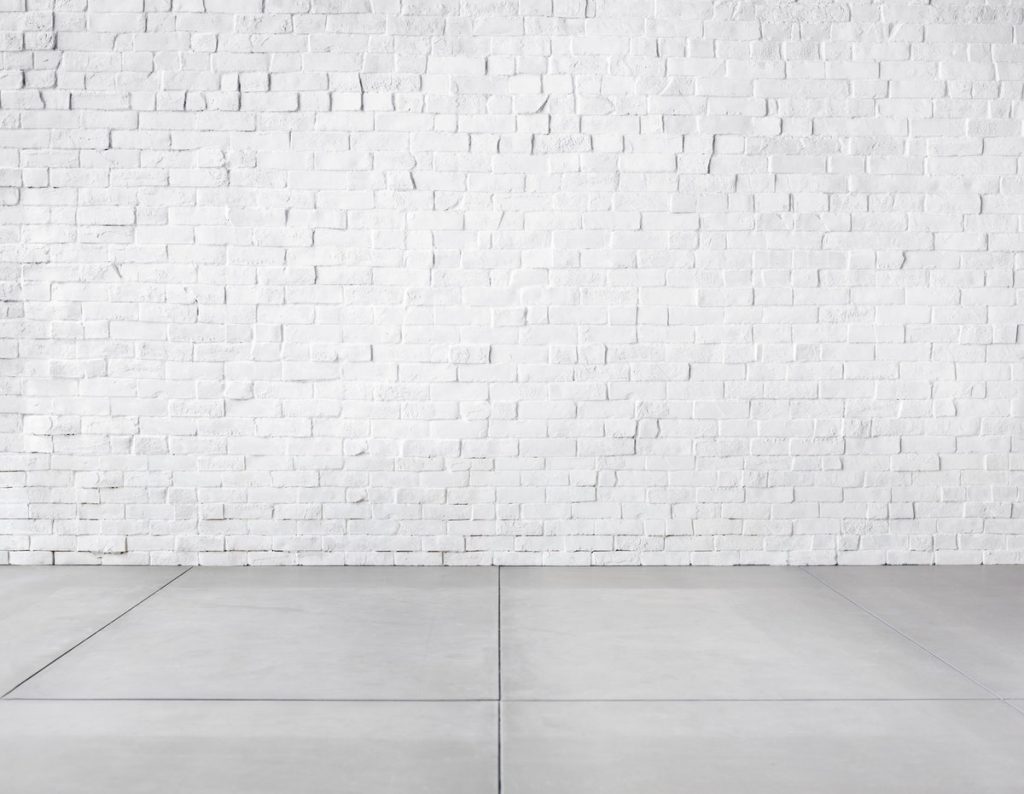 One of the perks of installing polished concrete floors in your home, garage, or patio is its low maintenance. Concrete is strong and durable, and part of the charm is in its imperfections. Without a bit of regular floor maintenance and care, however, you risk exposing your concrete floors to the elements. Concrete is porous and can absorb stains that may blemish your space. Use these concrete floor maintenance tips and techniques to protect you for the long haul!
One of the perks of installing polished concrete floors in your home, garage, or patio is its low maintenance. Concrete is strong and durable, and part of the charm is in its imperfections. Without a bit of regular floor maintenance and care, however, you risk exposing your concrete floors to the elements. Concrete is porous and can absorb stains that may blemish your space. Use these concrete floor maintenance tips and techniques to protect you for the long haul! Dirty carpet is a breeding ground for bacteria. It can act like a sponge, absorbing pounds of pollutants, pet dander, dust mites, mold spores, dirt, dust, and allergens. Many people don’t pay enough attention to carpet cleanliness. This can lead to lower indoor air quality, even
Dirty carpet is a breeding ground for bacteria. It can act like a sponge, absorbing pounds of pollutants, pet dander, dust mites, mold spores, dirt, dust, and allergens. Many people don’t pay enough attention to carpet cleanliness. This can lead to lower indoor air quality, even 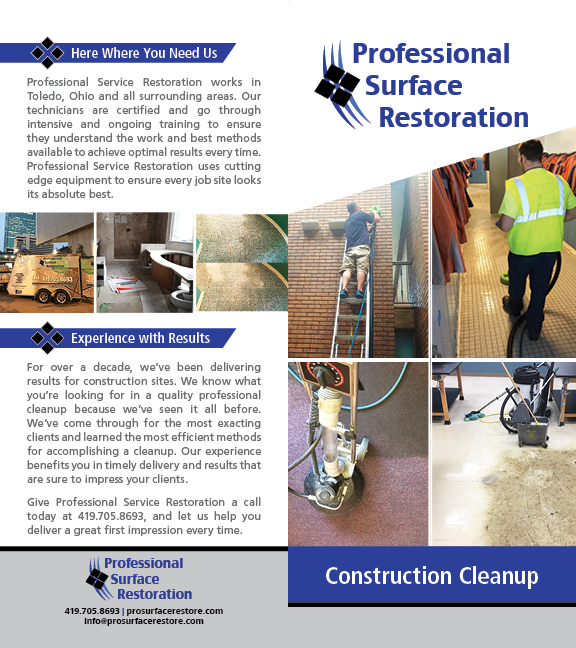 Construction cleanup is often the last detail of a job, and one most often overlooked. What the client sees when they step onto the premises is what creates the first – and the most lasting – impression. You’ve delivered high quality work all through the job; don’t let the cleanup convey the impression of a haphazard, unprofessional work ethic.
Construction cleanup is often the last detail of a job, and one most often overlooked. What the client sees when they step onto the premises is what creates the first – and the most lasting – impression. You’ve delivered high quality work all through the job; don’t let the cleanup convey the impression of a haphazard, unprofessional work ethic. Selling your home takes ample preparation, and not just in thinking about the financial aspects and figuring out where you’ll move to next. As you’re working on vacating your home, someone else will be determining if it is the place they want to move into. You need to make sure that everything looks as appealing to a potential buyer as possible.
Selling your home takes ample preparation, and not just in thinking about the financial aspects and figuring out where you’ll move to next. As you’re working on vacating your home, someone else will be determining if it is the place they want to move into. You need to make sure that everything looks as appealing to a potential buyer as possible.
 The health of your family is vital. Many people go to great lengths to ensure their homes are safe. However, some forget about the dangers that may lie in your carpets. Carpets not only hide dirt and debris, but also bacteria that may be harmful to your family. It is important to get your
The health of your family is vital. Many people go to great lengths to ensure their homes are safe. However, some forget about the dangers that may lie in your carpets. Carpets not only hide dirt and debris, but also bacteria that may be harmful to your family. It is important to get your 